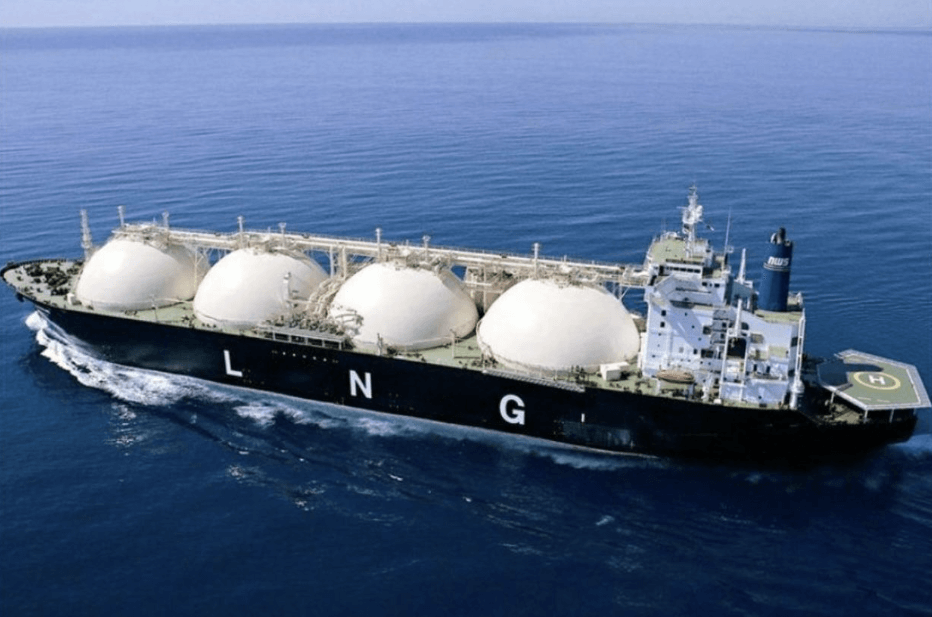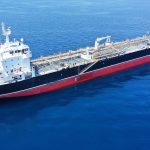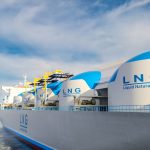

How to Ship LNG? A Comprehensive Guide for Smooth Operations
In the dynamic world of energy logistics, shipping liquefied natural gas (LNG) overseas requires a meticulous approach. Whether you are the shipper or charterer, successfully navigating LNG shipping demands careful consideration at every stage of the process. From deciding on the quantity to be shipped to signing the charter party agreement, every step is crucial. In this guide, we’ll walk you through the process from the perspective of the charterer, the entity that owns the LNG cargo and is looking to ship it.
1. Assessing Shipping Requirements:
The first step in shipping LNG is determining the volume of cargo to be transported. This is based on the demand, contractual obligations, and market conditions.This assessment is based on:
Demand: Evaluating current and projected demand for LNG.
Contractual Obligations: Reviewing existing contracts to identify shipping requirements.
Market Conditions:Analysing market trends, pricing, and availability to determine the optimal volume for shipmen
2. Selecting the Right Vessel:
Once the cargo volume is determined, the next step is to select the appropriate vessel. Factors to consider include the vessel’s size, capacity, speed, and technical specifications. Considerations include:
Size and Capacity: Ensuring the vessel has sufficient capacity for the LNG volume.
Speed and Efficiency: Evaluating the vessel’s speed and fuel efficiency.
Technical Specifications: Reviewing the vessel’s compatibility with LNG transportation and safety standards.
3. Deciding on Chartering Options:
Chartering options include spot charters and time charters. A spot charter involves hiring a vessel for a single voyage, while a time charter involves hiring a vessel for a specific period. The choice between the two depends on factors such as the duration of the shipping contract, market conditions, and flexibility requirements.
4. Contacting Shipbrokers or Ship Owners/Management Companies:
Once the chartering option is decided, the charterer can contact shipbrokers, ship owners, or ship management companies to find suitable vessels. This can be done directly or through online platforms like Chartership.com, which connect charterers with vessel owners and operators.
5. Shortlisting Candidates:
After contacting potential candidates, the charterer shortlists vessels based on factors such as availability, suitability, and cost.
6. Negotiating Terms:
Once the shortlisting is done, negotiations begin. This includes discussing rates, terms, and conditions with the selected vessel owners or operators.
7. Signing the Charter Party Agreement:
Once negotiations are finalized, the charterer and the vessel owner or operator sign a charter party agreement. This document outlines the terms and conditions of the charter, including the duration, rates, responsibilities, and liabilities of both parties.
Shipping LNG overseas requires careful planning and coordination from both the shipper and the charterer. By following these steps and working closely with experienced professionals, the process can be streamlined, ensuring safe and efficient transportation of LNG to its destination.
8. Ensuring Compliance and Safety:
Before the voyage begins, it’s essential to ensure that all necessary safety and compliance requirements are met. This includes obtaining relevant permits, adhering to international regulations, and conducting thorough safety checks on the vessel.
9. Monitoring the Voyage:
Throughout the voyage, the charterer must monitor the progress of the shipment closely. This involves tracking the vessel’s location, ensuring compliance with the agreed-upon route, and addressing any unforeseen issues that may arise.
10. Managing Contingencies:
Despite careful planning, unexpected challenges can occur during the shipping process. As such, it’s essential to have contingency plans in place to address issues such as adverse weather conditions, technical malfunctions, or delays in delivery.
11. Receiving and Unloading the Cargo:
Once the vessel reaches its destination, the charterer oversees the unloading process. This includes coordinating with port authorities, ensuring the safe transfer of the LNG cargo, and completing any necessary documentation.
12. Evaluating Performance:
After the shipment is complete, it’s essential to evaluate the performance of the shipping process. This includes assessing factors such as timeliness, cost-effectiveness, and overall efficiency to identify areas for improvement in future shipments.
Final Words
In conclusion, shipping LNG overseas requires careful planning, coordination, and attention to detail from both the shipper and the charterer. By following these steps and working closely with experienced professionals, the process can be streamlined, ensuring safe and efficient transportation of LNG to its destination. Whether you are a shipper or a charterer, understanding the intricacies of LNG shipping is essential for success in the global energy market.
For more information on LNG shipping and chartering, visit Chartership.com or contact an LNG chartering manager to discuss your specific needs and requirements. With the right expertise and resources, you can navigate the complex world of LNG shipping with confidence and efficiency.
Related posts


LNG Tanker Valuation: What Influences the Sale Price?

Buy and Sell Offshore Vessels






